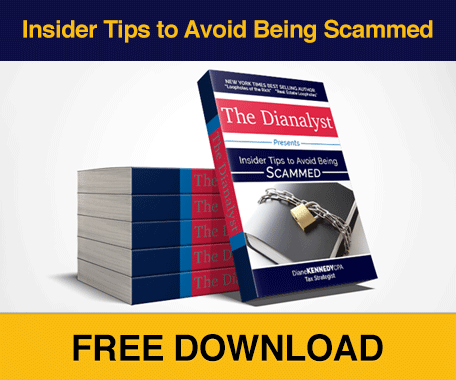The news has been full of all the things that went wrong with the PPP program. It was begun as a way for small business owners to get through a patchy few months and keep their employees employed.
In theory, it made sense. There were some rules, like CoronaTax talks about for the PPP:
You must apply before 6/30/2020.
The amount of the loan is limited to the lesser of:
- The sum of (1) average monthly payroll costs for the 1 year period ending on the day the loan is made (an alternative calculation is available for seasonal employers) multiplied by 2.5, and (2) any disaster loan taken out after January 31, 2020 that has been refinanced into a paycheck protection plan loan, or
- $10 million.
We need to take a look now at what constitutes payroll costs for purposes of this loan.
If you have a Sole Proprietorship, you don’t take a payroll. Instead you have net income from the Schedule C, that is reported as part of your Form 1040. You will need to show the lender a copy of your 2019 Schedule C to determine how much your “payroll” is for the loan. It will be the net income from the company excluding distributions.
The PPP (Paycheck Protection Loan) was based on qualified payroll amounts. Once received, the small business had a special period during which they could convert the loan into a grant. That meant it didn’t have to be paid back. If they spend the money in accordance with their rules in the first 8 weeks, then it is a grant. If only some of it is spent, then the rest will be treated as a loan.
From CoronaTax, here are the simple rules for what qualifies during that 8 weeks:
The PPP loan proceeds may be used to cover payroll, mortgage payments, rent, utilities and any other debt service requirements.
Some business owners are concerned about that 8-week period. What if they can’t find employees in order to meet the 75%+ amount that must be spent on salaries? What if they can’t get open in time?
Worst case, if the business can’t spend all of the money in accordance with the rules, the unspent money just remains a loan at just 1% rate with a 2-year payback period. That’s a great loan! They can just return the money they haven’t spent at any point. But, honestly, why would they? Small businesses often have trouble finding financing and these loans are low interest with good terms.
Although the bad press about PPPs due to some big businesses who misused the program may cause small business owners to be concerned, the loans are a great deal for small businesses. And that’s true even if they can’t change them entirely into grants. Even if they just become loans, the interest rate is a lot better than a credit card loan!
The EIDL (Economic Injury Disaster Loan) is another SBA loan for small businesses. In this case, there isn’t any clear formula for determining how much the loan can actually be. The SBA loan officer will determine the amount based on the credit score of the borrower, need and the ability for the business to repay the loan.
There was a lot of talk of a $10,000 grant advance in the beginning. According to Congress in the CARES Act, the SBA was clear that the grant needed to be paid to the business within 3 days of application.
That never happened. And the amount of the advanced was greatly reduced to just $1,000 per employee That effectively cut out many small business owners.
There were restrictions on how the advance/grant could be used, but there is no such restriction on the loan itself. The interest rate will be 3.75% and will be fully amortized over 30 years. There is no payment due for the first year.
This is a fantastic loan. Should a small business take the loan? I find it hard to see a downside. If you use the money sensibly, for needed expenses or to expand the business, it’s a great loan with great terms.


